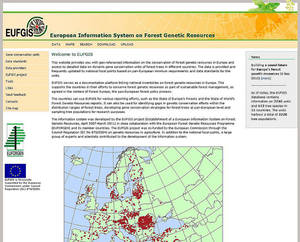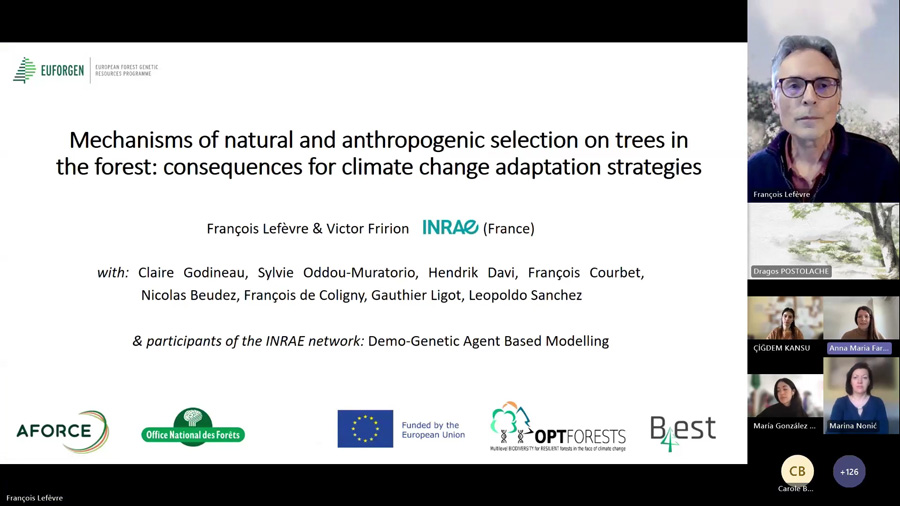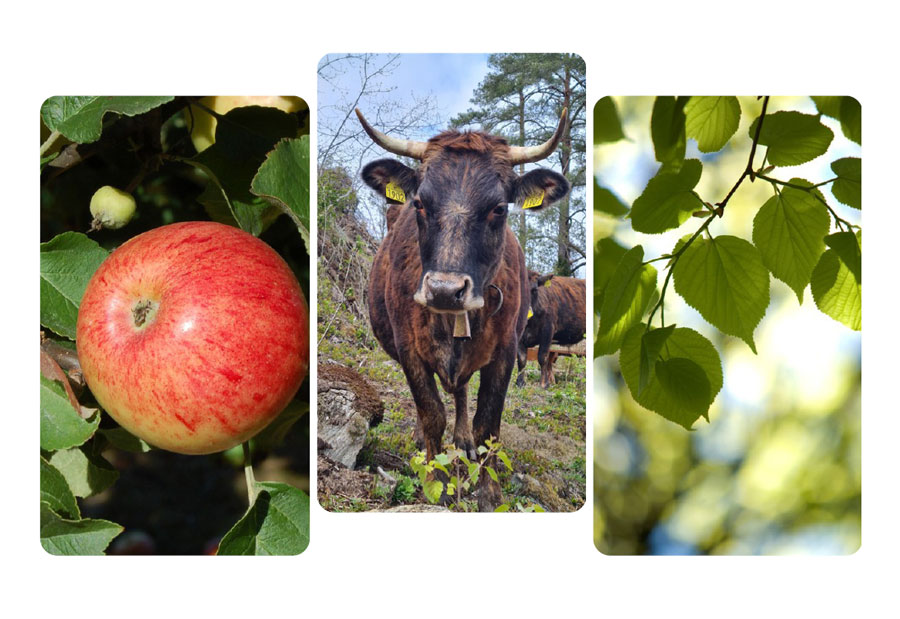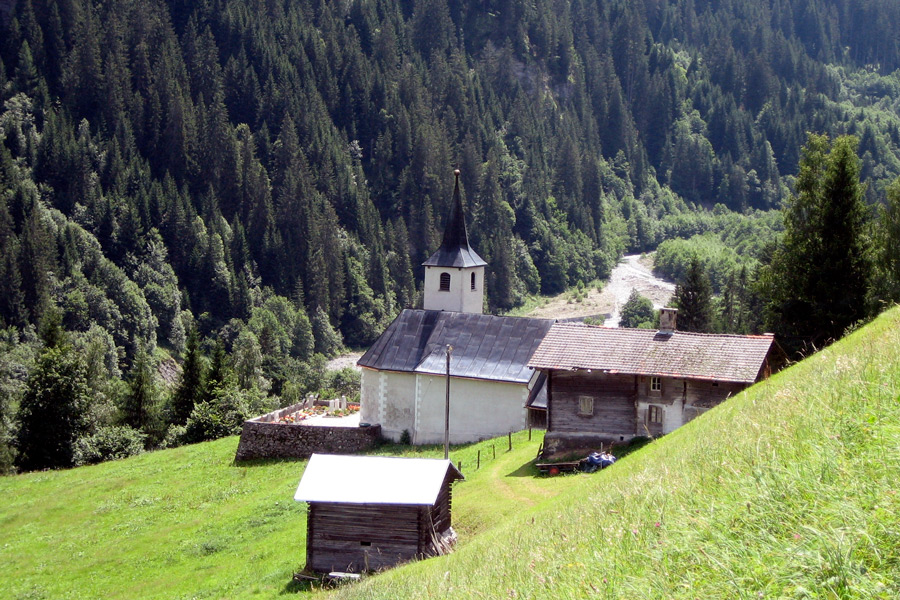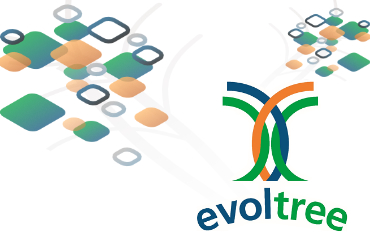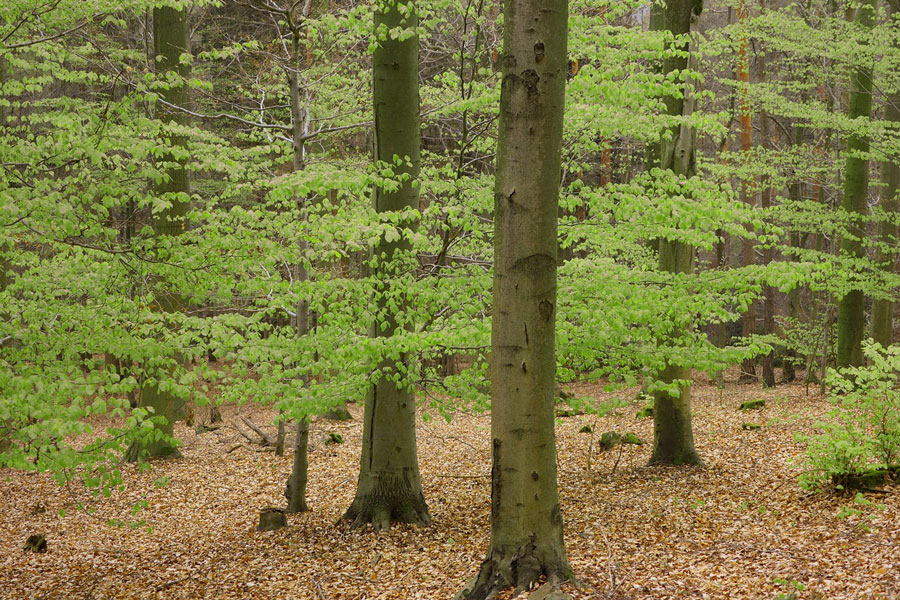New tool to aid dynamic forest gene conservation
A new tool to aid the gene conservation of Europe’s forest trees has been unveiled in Vienna. The internet based EUFGIS information- sharing portal is a key product of an EU-funded project designed to help dynamic gene conservation of trees in the face of climate change.
A new tool to aid the gene conservation of Europe’s forest trees has been unveiled in Vienna. The internet based EUFGIS information- sharing portal is a key product of an EU-funded project designed to help dynamic gene conservation of trees in the face of climate change.
EUFGIS stands for Establishment of a European Information System on Forest Genetic Resources.
The very future of Europe’s forests and forestry will depend on the ability of trees to adapt to changing climate. But trees can’t do this on their own without the active intervention of man to augment evolutionary processes and genetic diversity within tree populations.
This approach is termed “dynamic gene conservation” and it’s based on managing tree populations at their natural sites within the environment to which they are adapted (in situ), or artificial but dynamically evolving tree populations elsewhere (ex situ).
In the past, countries in Europe have conserved their forest genetic resources through gene reserve forests and other conservation units. But there’s been great variation in how this is done, how it’s managed and in the quality of the data collected and stored.
“Through co-operation and hard work over the last three years with forest colleagues right across Europe we now have a harmonised tool and database that can help set and maintain unified minimum standards for dynamic gene conservation units,” says project co-ordinator Dr Jarkko Koskela of Bioversity International.
The portal makes available for the first time, geo-referenced and standardized data on gene conservation units throughout the distribution range of Europe’s forest trees.
“So far we have seen national focal points in 31 countries entering data on some 2200 gene conservation units and more than 100 tree species into the portal,” says Dr Koskela.
His expectation now is for the EUFGIS portal to facilitate truly pan-European gene conservation strategies and action plans and to drive a real sharing of responsibility in forest genetic resource conservation among European governments and countries.
An instant example of where the EUFGIS portal is already in action is in the pan-European forest policy process (Forest Europe) which is preparing for the next stage of the State of Europe’s Forest report for 2011. Forest genetic resources are a specific objective.
“With this tool we have moved from vague descriptions and indicators to having at our fingertips very sound information –both quantitatively and qualitatively – to describe species by species the state of gene conservation. We can then relate with some precision to the threat of future climate change scenarios and at the same time identify gaps in conservation units and conservation policy,” say Dr François Lefevre of INRA Avignon, France, one of the EUFGIS project partners.
printable version [<link file:2882 _blank download new tool fgr>PDF]
Related Links
- EUFGIS portal
